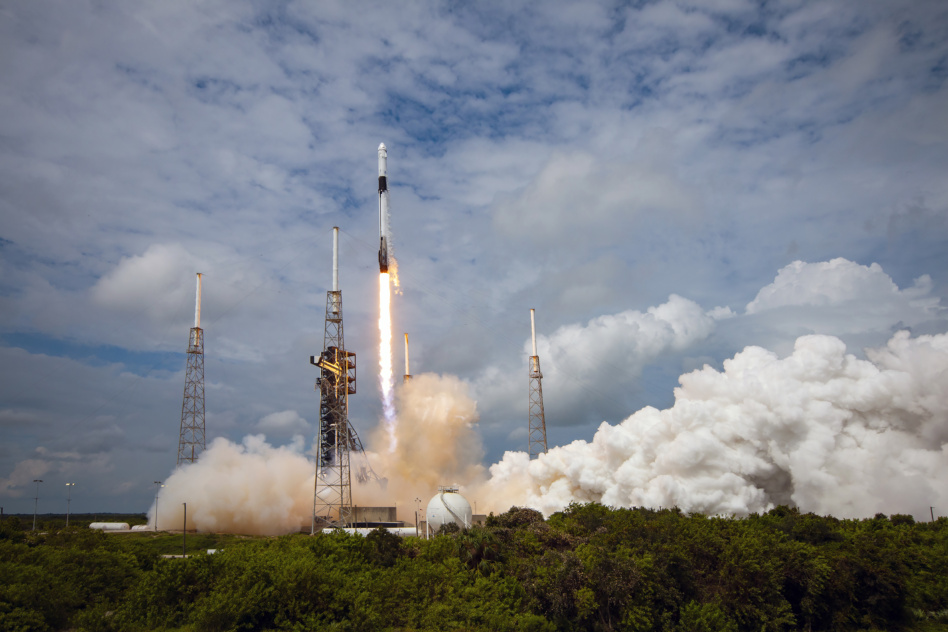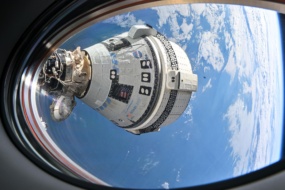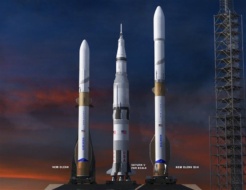SpaceX will pause Falcon 9 launches after an anomaly following a crewed mission caused the vehicle’s deorbiting second stage to miss its expected landing zone in the ocean, the company said over the weekend.
NASA astronaut Nick Hague and Russian cosmonaut Aleksandr Gorbunov arrived safely at the ISS aboard the Crew Dragon late yesterday. Now, the space community is sitting tight—for the third time this year—while SpaceX finds the cause of the latest Falcon 9 problem.
There’s only one SpaceX: Last week, NASA’s Inspector General warned that the risk of sustaining ISS operations is rising due to leaks and cracks in the orbiting lab’s structure.
But it cited another key risk: “The current reliance on a single launch provider for cargo and crew … Should the single launch vehicle be grounded or fail, the United States would not have the ability to transport cargo and crew to the Station.”
Falcon’s funk: While SpaceX’s remarkable launch cadence hasn’t abated, signs of stress have appeared in recent months:
- During a launch on July 11, the Falcon 9’s second stage suffered a liquid oxygen leak that led to the loss of 20 Starlink satellites. SpaceX said the problem was due to a faulty sensor line that it was able to remove and resumed flying after two weeks,
- On August 28, a returning Falcon 9 booster with 23 flights under its belt landed hard on one of SpaceX’s landing ships and was destroyed; the FAA is investigating but allowed SpaceX to keep flying.
We can’t say if these issues are related to the recent anomaly, but SpaceX engineers are sure to be looking at all possibilities.
Hurry up and wait: SpaceX has some important missions on its manifest, notably the launch of Europa Clipper on a Falcon Heavy scheduled for Oct. 10 and the ESA’s Hera mission to study an asteroid on Oct. 7. In addition, SpaceX’s push to replenish its Starlink network with new direct-to-cell capable spacecraft and a much-awaited Transporter rideshare mission will be delayed.




